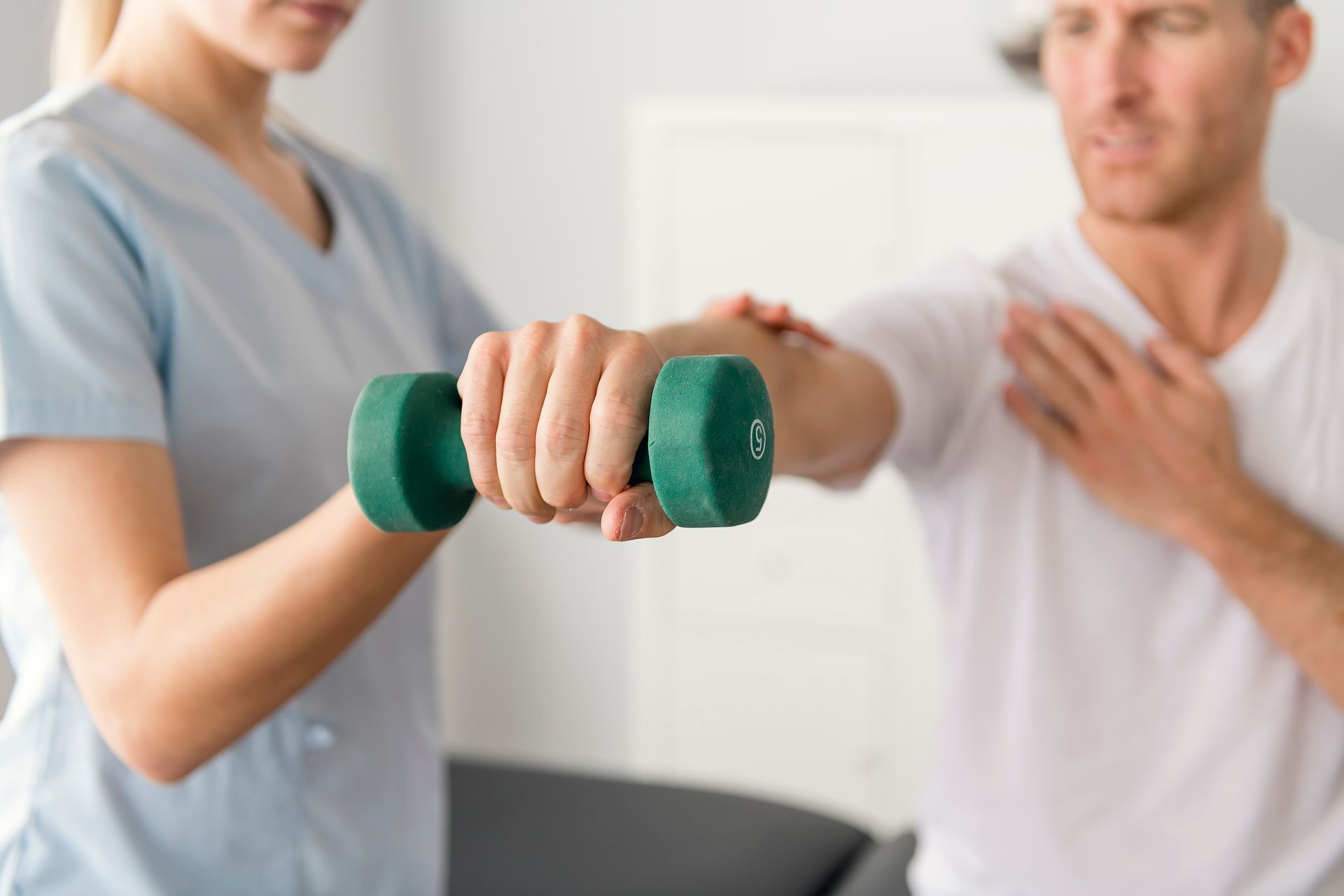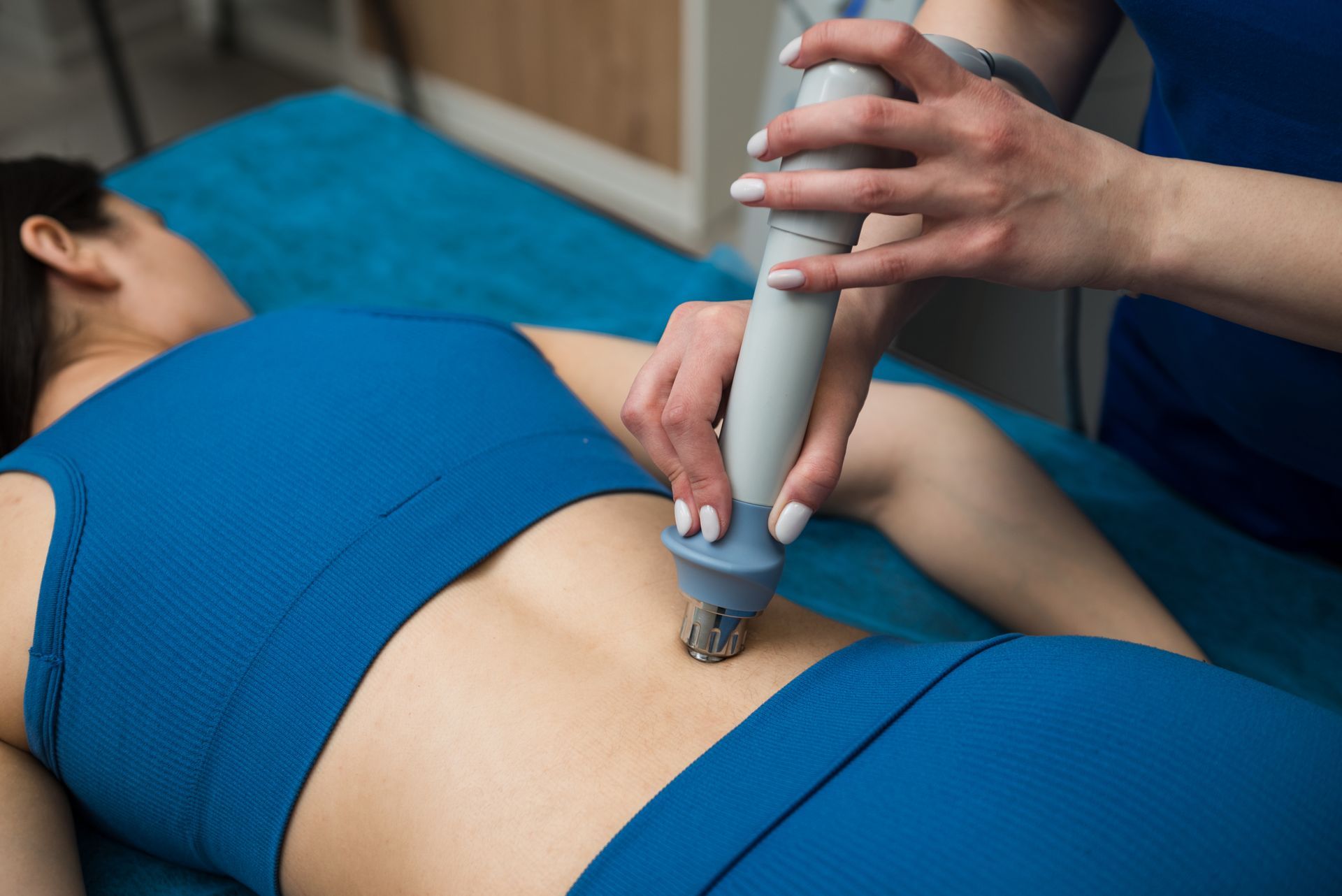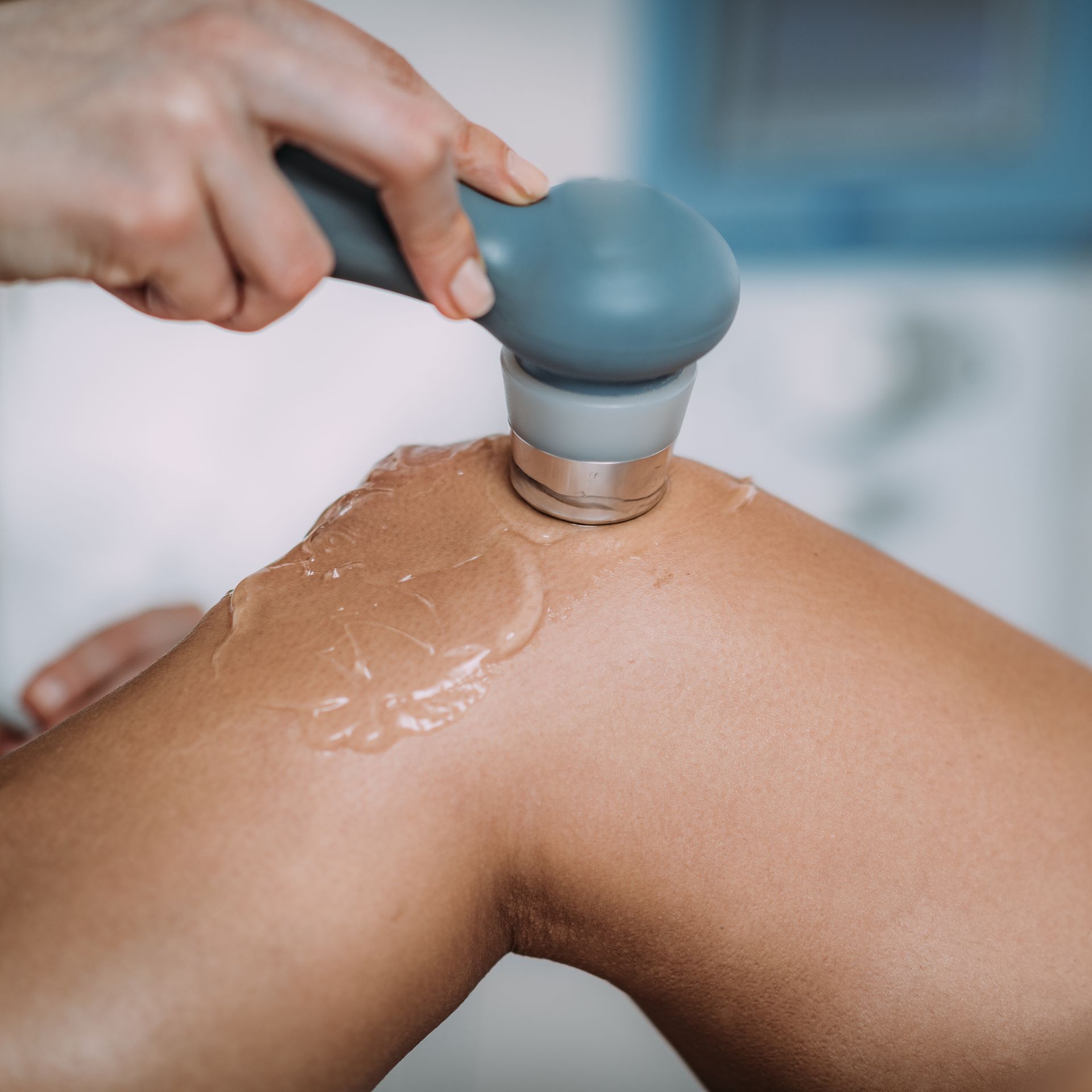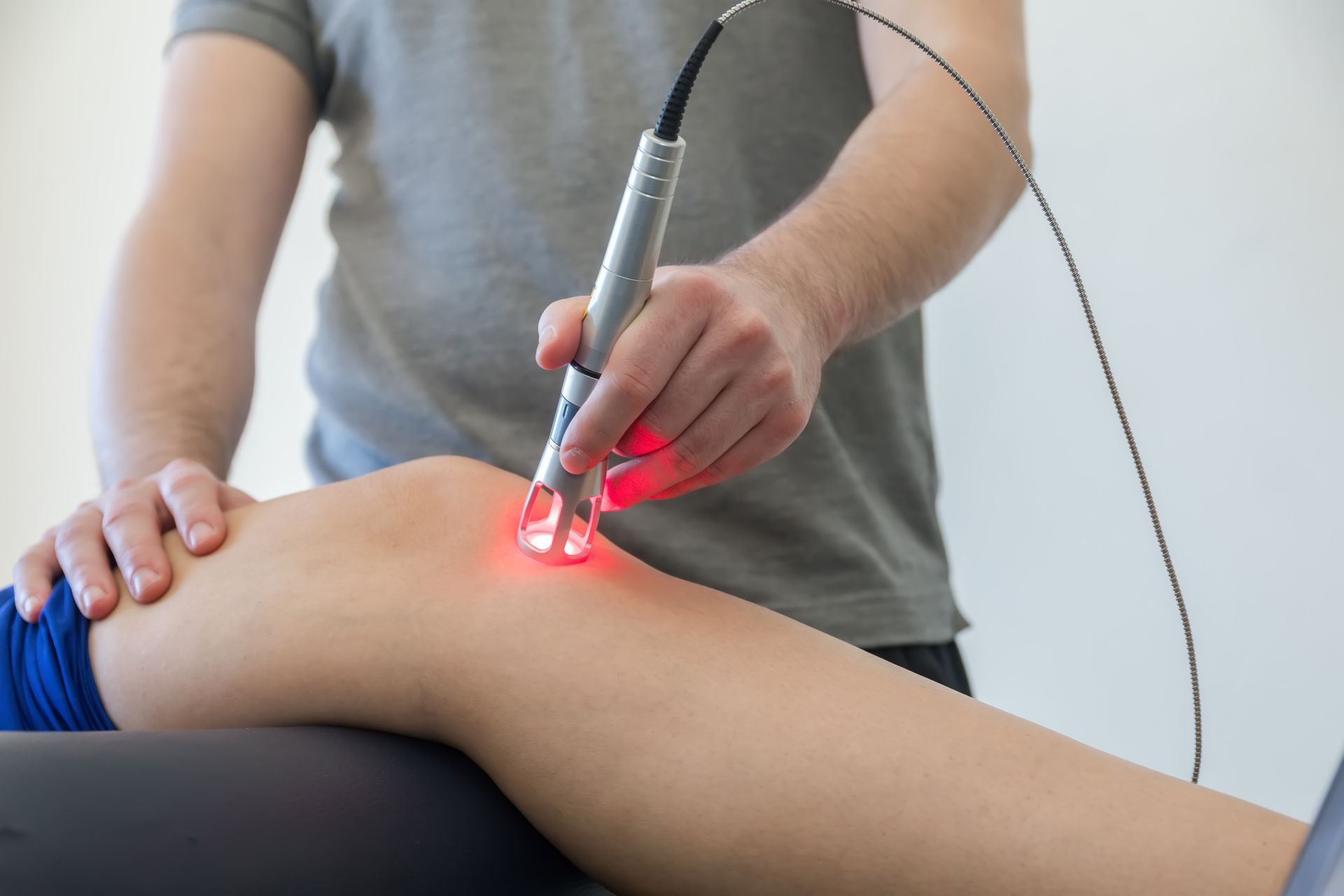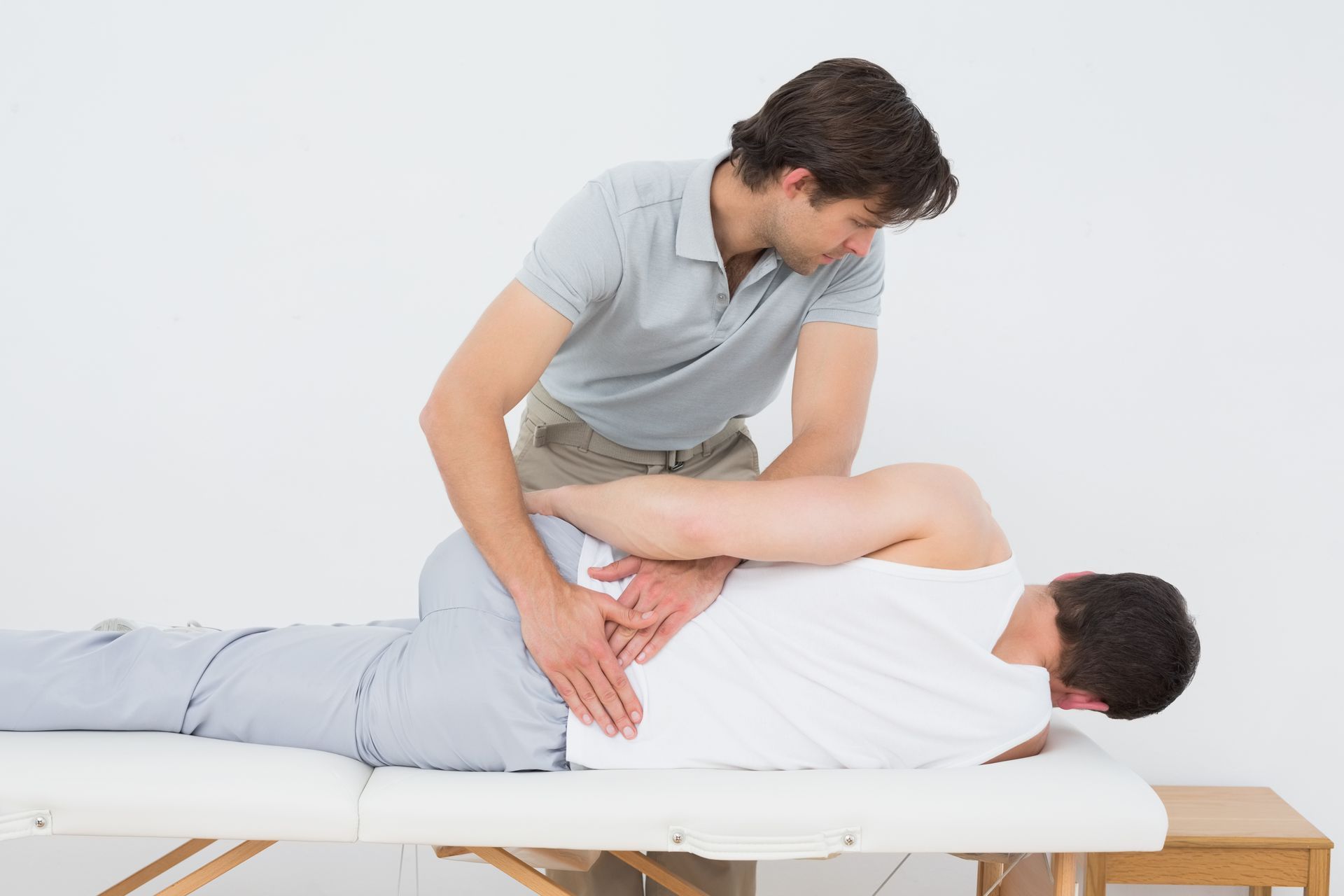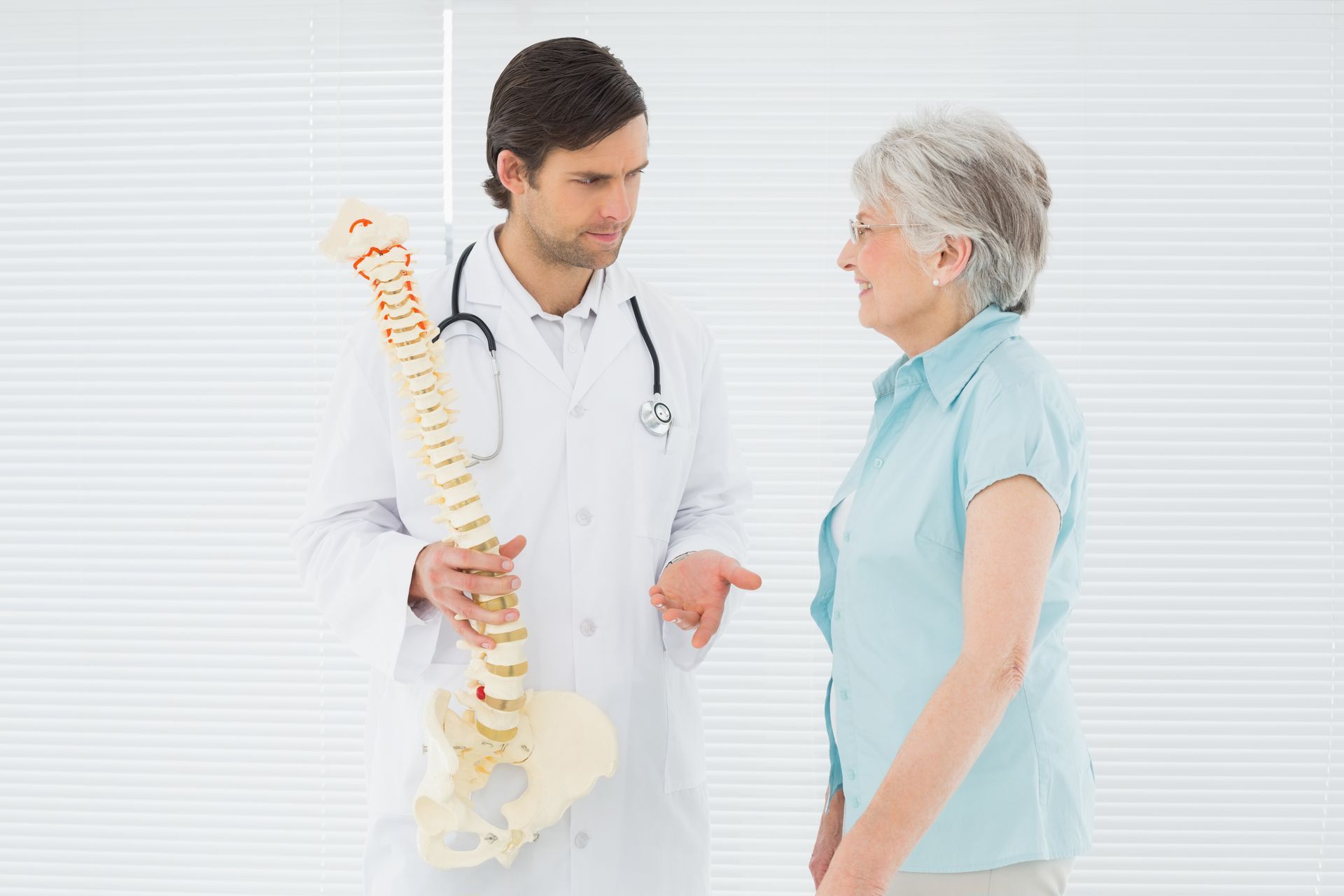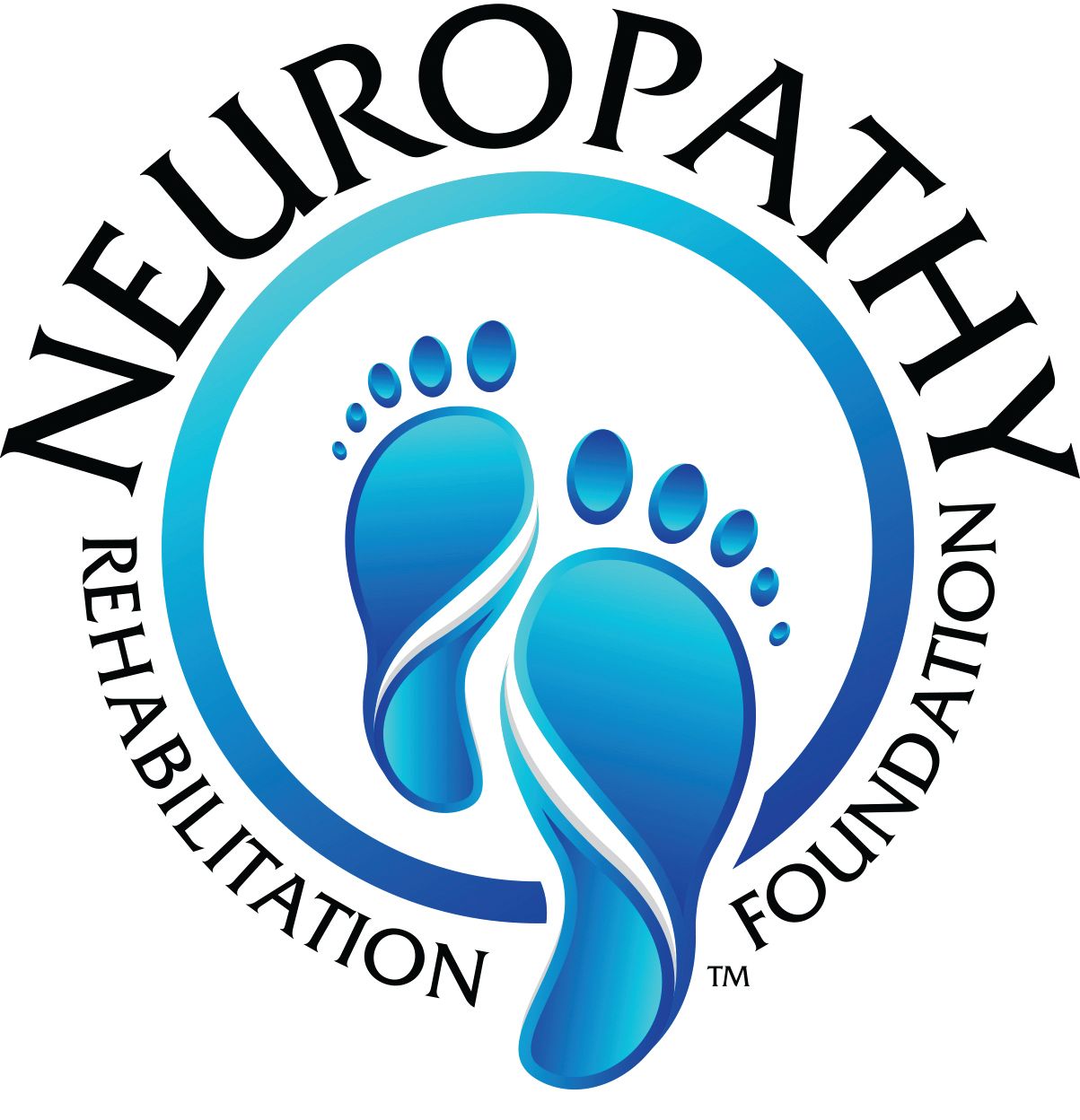The Science Behind Dry Needling: How It Works on Muscles
Muscle pain can be a debilitating issue for many, whether due to sports injuries, chronic conditions, or everyday strain. Among the various treatment options available, dry needling has gained popularity for its effectiveness in relieving muscle pain and enhancing mobility. But what exactly is dry needling, and how does it work? This blog unpacks the science behind this innovative therapy, explaining how it targets trigger points to release muscle knots and improve circulation.
Understanding Dry Needling
Dry needling is a therapeutic technique used by healthcare professionals to alleviate muscle pain and dysfunction. It involves inserting thin, solid needles into the skin and underlying muscles. Unlike acupuncture, which is based on traditional Chinese medicine, dry needling focuses on the musculoskeletal system and targets specific areas known as trigger points. These trigger points are hyperirritable spots in skeletal muscle associated with palpable nodules in taut muscle fibers, often causing pain and restricted movement.
The Science Behind Trigger Point Therapy
Trigger points form in muscles due to stress, overuse, or injury. When muscles become stressed or injured, the body's natural response is to form tight knots to protect the affected area. However, these knots can limit blood flow and cause pain, reducing mobility and function. Dry needling works by disrupting these trigger points, leading to muscle relaxation and increased circulation.
The insertion of needles into the trigger points creates a local twitch response, which is an involuntary contraction of the muscle. This response indicates that the needle has accessed the trigger point, allowing it to release tension and improve blood flow. The increased circulation facilitates the delivery of oxygen and nutrients, accelerating the healing process and reducing pain.
What Happens During Dry Needling?
A typical dry needling session begins with a consultation to understand the patient's pain points and medical history. At ProWellness Family Chiropractic, our practitioners carefully assess each patient's needs to create a personalized treatment plan, ensuring the most effective approach to pain relief.
During the treatment, the practitioner inserts fine, sterile needles into the identified trigger points. Patients may feel a slight sting or pressure, but the procedure is generally well-tolerated. The needles are left in place for a short period, allowing the muscles to relax and release tension. Many patients report feeling an immediate sense of relief and improved mobility following treatment.
How Does Dry Needling Release Muscle Knots?
The primary mechanism behind the release of muscle knots is the local twitch response elicited by the needle insertion. This involuntary contraction helps reset the muscle fibers, promoting relaxation and lengthening of the muscle. By disrupting the dysfunctional cycle of muscle tension and restricted blood flow, dry needling helps restore normal function to the affected area.
Benefits of Trigger Point Therapy
Dry needling offers several benefits for those suffering from muscle pain and dysfunction. Some of the key advantages include:
1. Pain Relief: By targeting specific trigger points, dry needling effectively reduces muscle pain and discomfort.
2. Improved Mobility: Relaxation of tight muscle fibers enhances joint and muscle movement, leading to better overall mobility.
3. Accelerated Healing: The increased circulation aids in the delivery of nutrients and oxygen, supporting the body's natural healing processes.
4. Non-Invasive: As a minimally invasive procedure, dry needling provides an alternative to more invasive treatments or reliance on medications.
Complementary Treatments
Dry needling can be particularly effective when combined with other therapies. At ProWellness Family Chiropractic, we offer a range of complementary treatments to address various aspects of muscle pain and dysfunction. Class 4 laser therapy is another powerful tool that uses high-intensity laser light to penetrate deep into tissues, reducing inflammation and promoting faster cell regeneration.
Ultrasound therapy is another non-invasive option that utilizes high-frequency sound waves to reach deep tissues, increasing blood flow and cellular regeneration. By incorporating these therapies with dry needling, patients can experience a more comprehensive approach to managing muscle pain.
Embracing Effective Muscle Pain Treatment
Dry needling provides a scientifically-backed method for relieving muscle pain and improving function. By targeting trigger points and releasing muscle knots, this therapy offers a non-invasive solution for those suffering from chronic pain or injury-related discomfort. At ProWellness Family Chiropractic, our dedicated team works closely with patients to develop personalized treatment plans that include dry needling and complementary therapies like Class 4 laser therapy and ultrasound therapy.
If you're experiencing muscle pain and seeking effective treatment options, consider scheduling a consultation with us. Our experienced practitioners are here to guide you on your path to pain relief and improved mobility.



